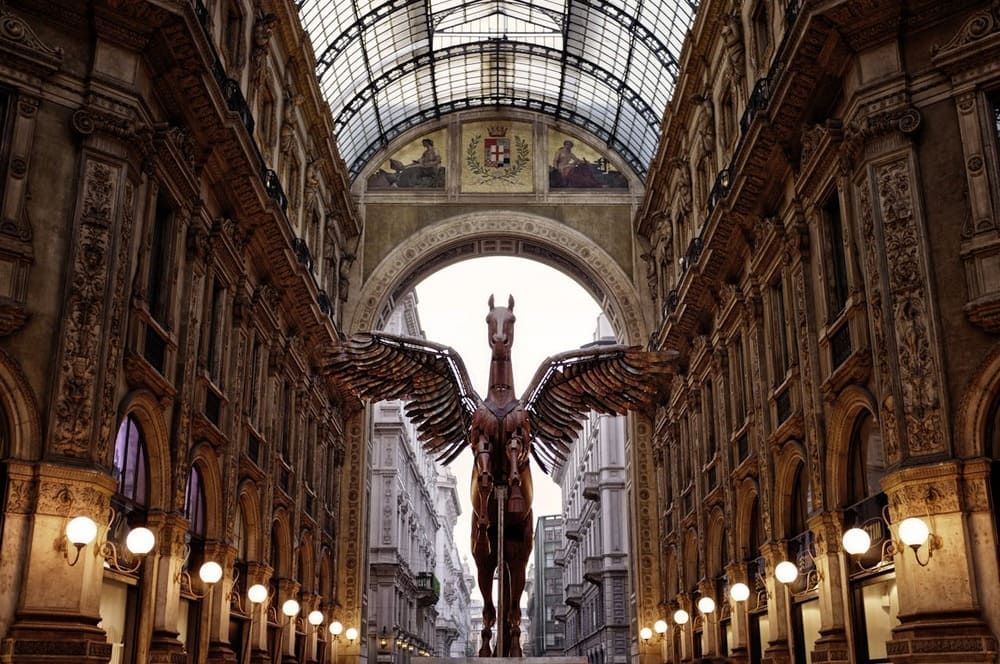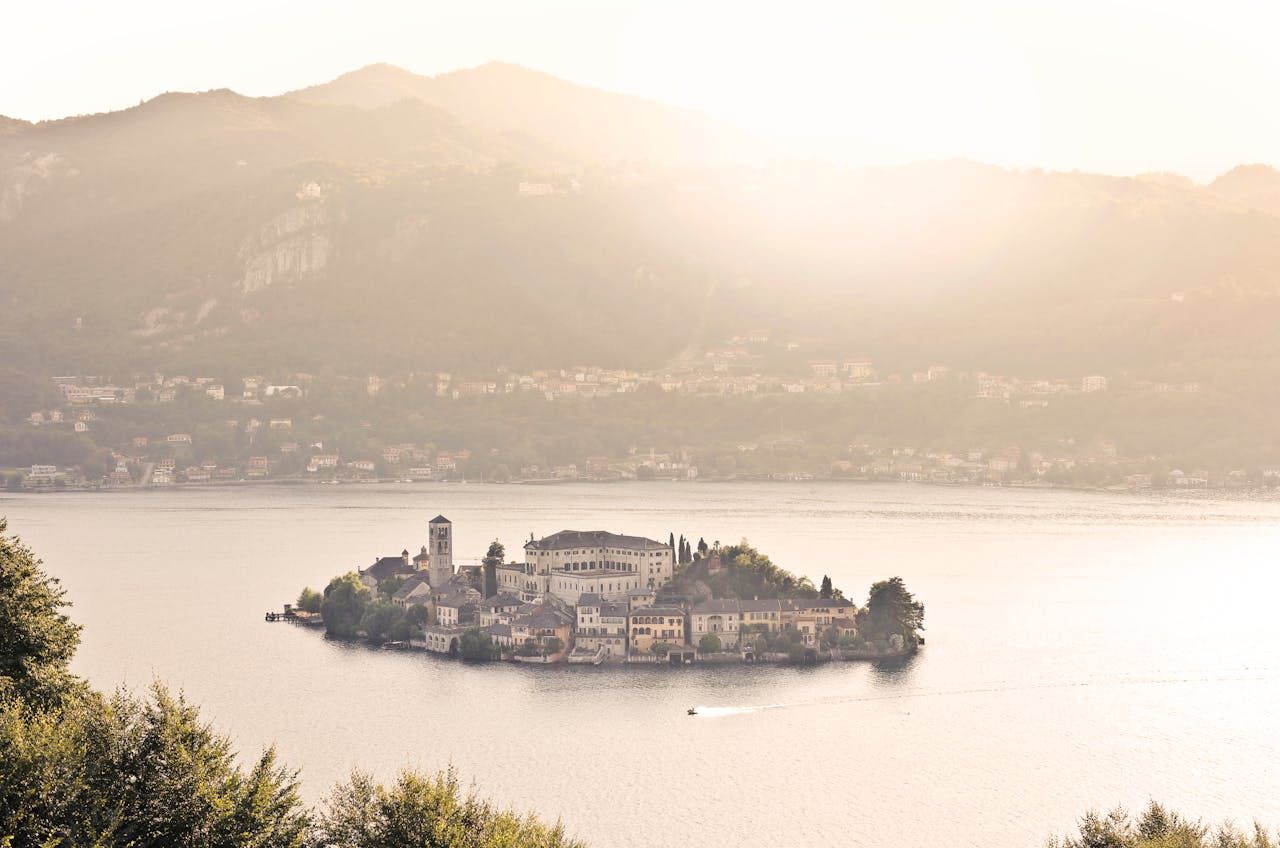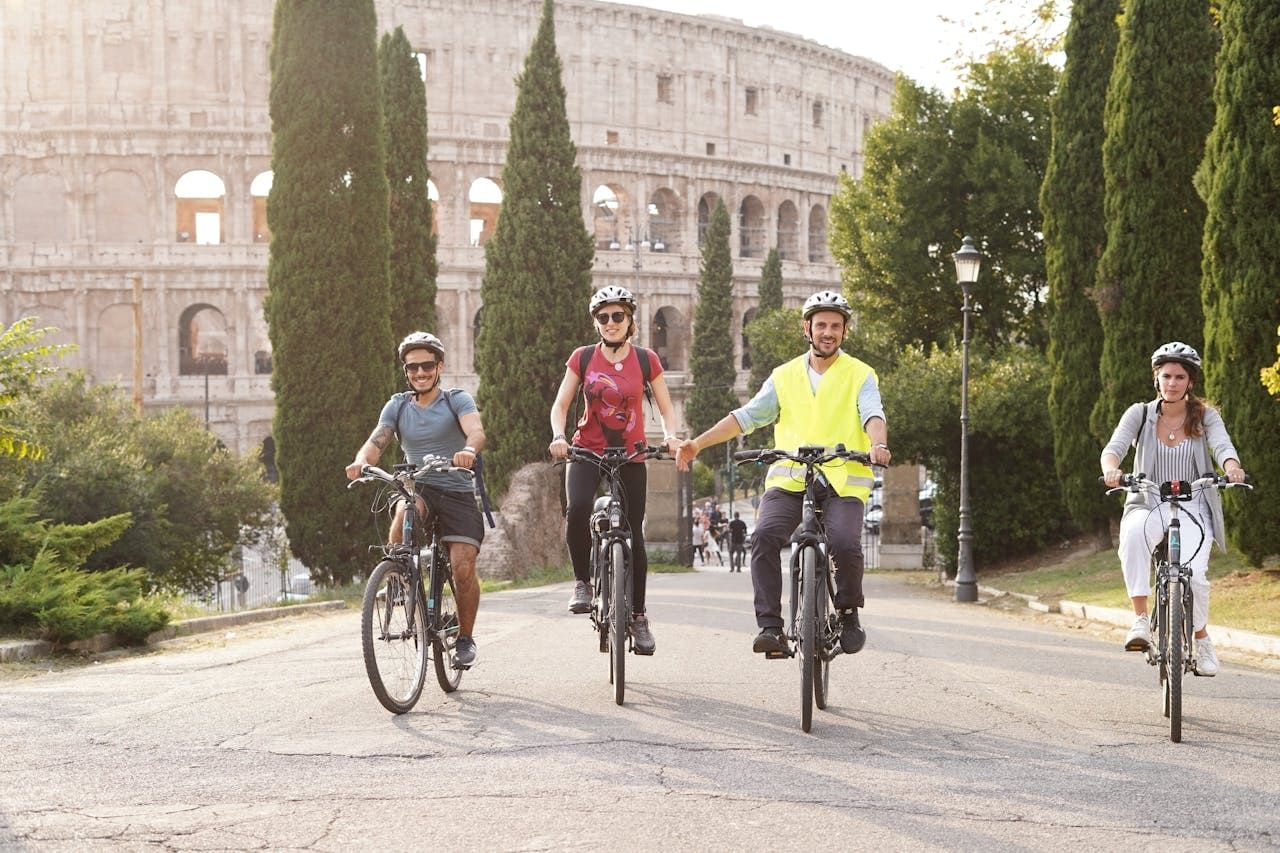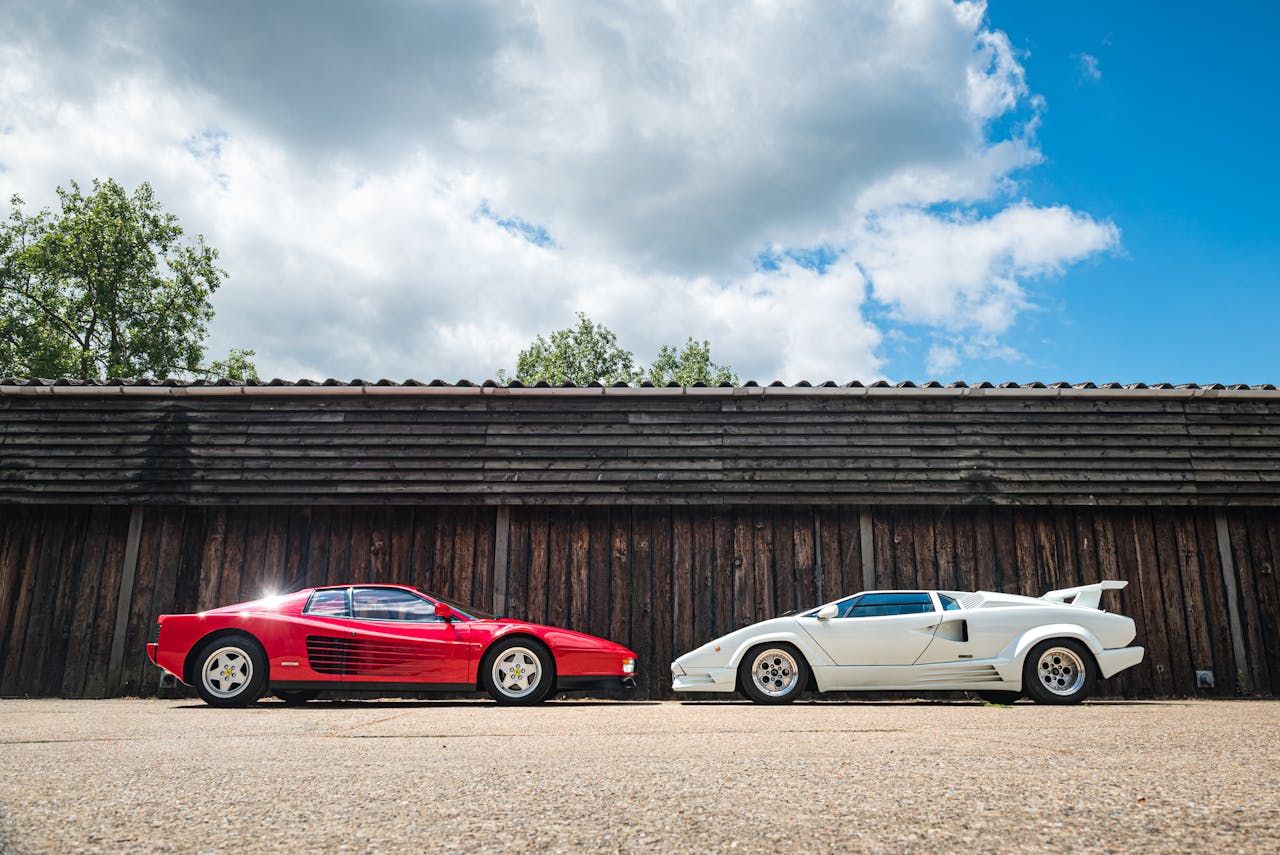Italy has shaped the world through its history, art, and design. It gave us the Roman Empire, Renaissance art, and fashion brands like Gucci and Prada. In this guide, we will explore what Italy is known for beyond its famous landmarks, traditions, and unique fashion scene.
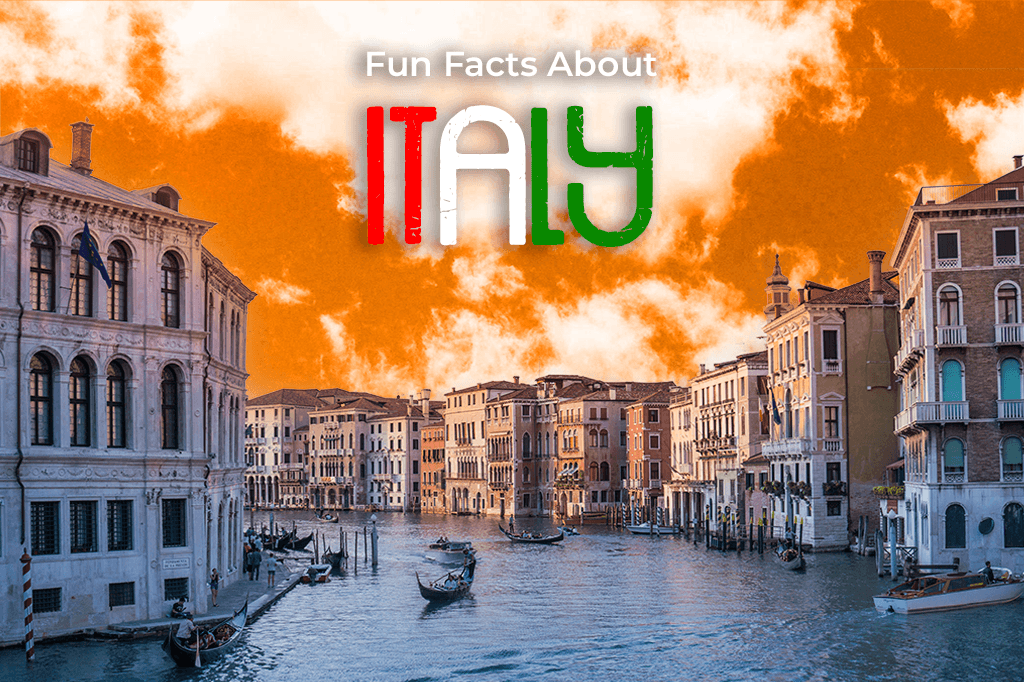
Picture by Rebe Adelaida on Unsplash
From Empire to Everyday: How Italy’s Past Still Shapes the Present
Italy’s incredible history isn’t just something to admire in museums; it’s a living part of everyday life, both here and around the world. The legacy of the Roman Empire and the Renaissance quietly but powerfully influences how we build roads, run our legal systems, explore science, and even how we think about creativity and business today.
Take the Roman Empire, for example. The roads they engineered were solid, well-planned, and built to last, and are still the backbone of many modern highways. Some ancient routes, like the Appian Way, still carry traffic after thousands of years. These roads didn’t just connect places; they connected people, trade, and ideas, shaping how the empire and later Europe stayed united.
Roman law, too, shaped civil law traditions across Europe and, indirectly, influenced global legal thinking even in common law countries like the U.S. And those incredible structures, such as amphitheaters, bridges, and public buildings, showcase design engineering brilliance that still inspires architects today.
The Renaissance, which felt like hitting the reset button on knowledge and culture, encouraged questioning, experimenting, and observing the world with fresh eyes. Galileo and Leonardo da Vinci were people who pushed science forward by looking at facts instead of just following tradition. Humanism, a transformative idea from this time, celebrated curiosity and the love of learning, sparking advances not just in art but in how we think and innovate. The Renaissance mindset is alive today in entrepreneurs and innovators everywhere.
Italian Art & Architecture: More Than Museums
In Italy, art and architecture aren’t confined to galleries. They shape the streets, public squares, and even daily routines. A carved lintel, a painted shutter, and a sculpture in a church courtyard are as much a part of Italy’s artistic identity as anything behind glass.
Florence, Rome, and Venice each offer distinct perspectives on art. Florence focuses on precision and structure. At the Uffizi and Accademia, you’ll find works that emphasize line, geometry, and balance, shaped by artists like Botticelli and Leonardo da Vinci. Rome spans more time periods and styles. Ancient statues, medieval mosaics, Baroque frescoes, and modern installations all compete for attention. Art is built into the city on fountains, in churches, and across piazzas. Venice developed along different lines. Trade routes and isolation helped foster a focus on color and mood over structure. Artists like Titian and Bellini used rich palettes and fluid forms, often working outside the influence of religious institutions. Venice’s art scene is quieter but visually immersive, especially off the main canals.
Outside of museums, cities like Bologna and Lecce use architecture and street art to mark identity. In Bologna, large murals turn alleys and overpasses into collaborative projects. In Lecce, the stone balconies are hand-carved with detail that rewards close inspection. These are deliberate, lasting choices that define a place.
You’ll also find art in unexpected corners. Utility boxes painted with regional motifs in Barga. Layered graffiti responding to current events in Rome. Shutter designs in Lucca that reflect local history. These works aren’t souvenirs for tourists; they speak directly to the people who live nearby.
You don’t need to look to the past to understand Italy’s relationship with art. Contemporary artists are extending this dialogue. Joys, Moneyless, and Zed1 use city walls as their canvas, often without asking permission. Others, like Robert Cuoghi and Loris Cecchini, experiment with form and material, installing works that explore identity, decay, and transformation in public and private spaces alike.
Italian art is not a collection. It’s an environment. It doesn’t wait in line to be seen, it surrounds you.
Cuisine That Conquered the World
Italian cuisine is beloved around the world, but much of what people think of as “Italian food” is only part of the picture.
Food in Italy changes drastically from north to south. In the north, you’ll find fresh egg pasta like tagliatelle and ravioli, made with soft wheat flour. Butter, cream, rice, and polenta are staples, shaped by cooler Alpine climates. Dishes like risotto alla Milanese or buckwheat pizzoccheri reflect these rich ingredients.
Head south, and the story changes. Pasta is made with durum wheat and water, not eggs. It’s dried, textured, and perfect for catching sauce. Think orecchiette, cavatelli, and spaghetti alla chitarra. Tomato sauces, olive oil, fresh vegetables, and seafood are everywhere, with bold flavors and Mediterranean warmth.
It’s not just pasta that varies. Northern cuisine leans on cured meats and butter, while the South uses hot peppers, fresh herbs, and lots of olive oil. This divide determines how Italians eat, and it’s much more complex than one national “Italian” flavor.
So, when Italian dishes are introduced to one country, they often change. Abroad, carbonara is sometimes made with cream, but in Rome, it’s just eggs, guanciale, Pecorino Romano, and pepper. Neapolitan pizza is light, thin, and topped with just a few ingredients. Espresso in Italy is a quick, intense shot, not a milky drink to linger over. These differences are shaped by local habits, ingredient access, and commercial needs.
And no, Italians don’t live on pasta and pizza every day. What people eat in Italy depends a lot on location and seasons. Many Italians eat soups, grilled vegetables, legumes, and grains. For instance, breakfast is often just coffee and a pastry, and they might have pasta a few times a week, but it’s not constant.
At its heart, Italian food isn’t just about the iconic dishes, it’s about rooted tradition, shaped by local habits, and built on a deep respect for simple, quality ingredients.
Fashion as Identity: Why Italians Dress to Tell Stories
In Italy, fashion is a clear expression of identity, rooted in centuries of craftsmanship and regional pride. A handmade leather bag from Florence, a tailored wool coat from Milan, or a silk scarf from Como isn’t just a stylish choice; it reflects the maker’s skill, the region’s tradition, and the wearer’s sense of self.
This deep connection began in medieval times when artisans organized into guilds to protect their trades. Tailors, weavers, and leather workers developed high standards that still define Italian fashion today. During the Renaissance, clothing signaled status and culture. Rich fabrics, precise tailoring, and personal detail all said something about who you were, and that mindset hasn’t changed.
Today, Italy’s top fashion houses like Gucci, Prada, and Ferragamo continue this legacy. But the heart of Italian fashion also lives in small, often family-run shops. In Santa Croce sull’Arno, leatherworkers still hand-cut and dye hides using local methods. In Como, looms produce fine silk for ties and dresses. These aren’t relics, they’re active, thriving parts of the economy and culture.

Photo by Claudio Poggio on Unsplash
This culture of craftsmanship doesn’t stop at the workshop door—it continues in how Italians dress every day. From a young age, kids learn to care about how they look, not to show off, but because it’s a way to respect themselves and others. You’ll often see grandparents dressed neatly in polished shoes, a clean shirt, and the right jacket for the weather.
Each piece of Italian clothing or accessory comes from a real place and real people who take pride in their work. You don’t need to watch fashion shows to understand it. Just look around at the people on the street, the small shops where things are made by hand, and the materials shaped by years of tradition. That’s where the true story of Italian fashion lives.
Italy’s Natural Beauty: Where to Go for Silence, Not Selfies
Italy is famous for its incredible natural beauty, but beyond the well-known spots, there are quiet places where nature truly stands out. These areas offer real peace and stunning landscapes that feel untouched.
The Sibillini Mountains are a perfect example. This park has high peaks like Mount Vettore, wide flower-covered plains in spring, deep gorges, and clear mountain lakes. It’s a place where wolves and golden eagles live, and where small, centuries-old villages still keep their traditions alive. Walking here means hearing only the sounds of nature, not tourists.
Lake Orta, smaller and calmer than its neighbors, shows a peaceful side of Italy’s lakes. With forested shores and a quiet island with an old monastery, it’s a great spot for relaxing walks and soaking in the view without crowds. Down south, Aspromonte National Park offers thick forests, waterfalls, and rare plants. It’s a hidden treasure for anyone who loves hiking and discovering wildlife away from busy trails. The mountain villages here are simple and welcoming, giving a true feel of local life.
These places make Italy famous not just for its history and culture, but for real, raw nature that invites quiet moments and deep connection with the landscape.
The Sports That Define Italian Identity
Sports are a big part of what makes Italy, well, Italy. Football sits at the heart of everyday life there, but cycling and motorsport are also part of the Italian identity.
Football, or calcio, is almost a religion. It started in the late 1800s and quickly became a national obsession, especially after Italy won several World Cups. The sport’s style, with its strong focus on defense and strategy, mirrors Italy’s history and spirit. Every town has fans fiercely loyal to their teams, and stadiums come alive with chants, banners, and passionate ultras. To really feel this energy, attending a Serie A match in cities like Milan, Rome, or Naples is unforgettable. Even smaller local games offer a genuine glimpse of Italy’s deep football culture.
Cycling is another proud part of Italian sports. The Giro d’Italia race travels across the country’s varied landscapes, showcasing Italy’s beauty and testing riders’ endurance. It’s a huge event, full of excitement and local celebrations. Motorsport also defines Italy, with famous names like Ferrari and Ducati dominating Formula 1 and MotoGP. Big races at tracks like Monza and Mugello draw huge crowds, blending speed, technology, and tradition in a uniquely Italian way.
In Italy, sports are a way of life, a shared passion that reflects history, community, and identity. Football is at the center, with cycling and motorsport following closely, all deeply connected to local communities and long-standing traditions.
Fast Cars, Deep Roots: What Italian Automobiles Say About the Country
Italian cars say a lot about the country’s culture and values. Two of the most famous brands, Ferrari and Lamborghini, show very different sides of Italian design and style.
Ferrari is all about racing history and precision. Founded in 1939 by Enzo Ferrari, its cars focus on speed, balance, and smooth performance. They have sleek shapes with long hoods and sloping roofs, designed to move fast and handle well. Inside, everything is built for the driver, with simple, functional controls inspired by Formula 1 racing. Ferrari works closely with the design firm Pininfarina, creating timeless models like the 250 GTO and the SF90 Stradale. The brand stands for elegance, high technology, and harmony between power and control.
Lamborghini, started in 1963 by Ferruccio Lamborghini, takes a bolder, more aggressive approach. Its cars have sharp lines, low, wide bodies, and flashy features like scissor doors. Lamborghini combines raw power with eye-catching design, often making the car feel like a piece of art or even a fighter jet inside. Models like the Countach and Aventador show this focus on making a strong visual statement. The brand is known for its rebellious spirit and style that demands attention.
The rivalry between these two brands began with a personal challenge and pushed both to innovate in performance, design, and materials. This competition has shaped much of Italy’s automotive excellence.
Besides luxury sports cars, everyday Italians mostly drive small, practical cars like the Fiat 500. These compact vehicles fit perfectly in Italy’s narrow streets and tight city spaces. Small cars are also efficient, helping with fuel costs and pollution concerns. They show how Italians value smart, functional design that meets daily needs while still expressing personality through customization.
In short, Italian cars show a mix of passion, tradition, and practicality. Ferrari is about racing and elegance, Lamborghini is bold and exciting, and small cars like Fiat are practical and popular. Together, they tell the story of Italy’s love for cars.
Final Thoughts: How Italy Changes You
Italy changes how people see and feel about life by showing a slower way of living. Meals often last two hours or more, with multiple courses shared among friends and family. Instead of rushing, they take time to talk and really enjoy their food. Walking through cities like Florence and Rome, you feel connected to centuries of history in every street and building. In small villages, local festivals and markets bring people together in a way that feels warm and genuine.
This slower pace and deep connection to the community give space to pause and reflect on their own lives. Many find themselves leaving Italy with a clearer sense of what truly matters and a calmer, more relaxed view of time. These feelings often stay with you long after the trip is over.
If you’re going to Italy to enjoy its slower, more relaxed way of life, having reliable internet can help you find your way, explore lesser-known places, and stay in touch with ease. Yoho Mobile’s free eSIM trial lets you get online quickly in Italy and in most European countries without needing a SIM card or contract. When you want a plan, use code YOHO12 to save 12% at checkout.

